Cats are fascinating creatures, known for their independence, elegance, and unique personalities. However, there’s more to these enigmatic animals than meets the eye. One area that has piqued the interest of scientists and cat lovers alike is their memory and recognition abilities. While we often think of dogs as the brainy pet companions, cats have their own set of cognitive skills that are both surprising and intriguing. Let’s delve into six little-known facts about cat memory and recognition that might just change the way you look at your feline friend.
Understanding Feline Memory: More Complex Than You Think
Cats possess a type of memory known as episodic memory, which is the ability to remember specific events and experiences. This means that your cat likely remembers the time you gave them a special treat or when they encountered a particularly intriguing toy. Episodic memory in cats suggests they can recall past experiences and use them to guide future behavior.
Interestingly, a study found that cats can remember certain events for as long as 16 hours, which challenges previous assumptions that cats have short-term memories. This means that if you accidentally step on your cat’s tail, they might remember it and give you the cold shoulder for a bit longer than you expected. This intriguing facet of feline memory highlights their capacity for complex thought processes similar to humans and other animals.
Recognition Skills: Not Just a Pretty Face
Many people assume that cats don’t recognize their owners in the same way dogs do. However, research has shown that cats can indeed recognize their human companions. They can differentiate between the voices of their owners and strangers, often responding more positively to the familiar voice. This is a sign of their capacity to form strong bonds with their human families.
Furthermore, cats can also recognize the faces of their owners, although they may rely more on other cues like scent and sound. So next time your cat seems indifferent to you, remember that they likely know exactly who you are – they’re just choosing to maintain their air of mystery.
Associative Memory: The Link Between Actions and Outcomes
Cats are adept at forming associative memories, which help them link actions with outcomes. For instance, if your cat hears the sound of a can opener, they might associate it with mealtime and come running. This ability to form associations is a testament to their cognitive flexibility and adaptability.
This type of memory also plays a crucial role in training cats. By using positive reinforcement, such as treats or affection, you can encourage your cat to repeat certain behaviors. Over time, these associations become stronger, helping your feline friend learn and adapt to new routines and environments.
Spatial Memory: Navigating Their World
Cats have an impressive spatial memory, which allows them to remember the layout of their environment and navigate it with ease. This is particularly evident in outdoor cats or those with access to large spaces. They can remember the locations of important resources like food, water, and litter boxes, as well as potential dangers or hiding spots.
Spatial memory also plays a role in a cat’s ability to find their way home if they wander too far. This homing instinct, combined with their keen spatial awareness, enables them to return to familiar territory even after exploring new areas. It’s a remarkable skill that showcases their innate intelligence and adaptability.
Emotional Memory: Forming Bonds and Attachments
Cats are known for their aloof demeanor, but they are capable of forming strong emotional bonds with their human companions. This is due to their emotional memory, which allows them to remember past interactions and experiences that evoke positive or negative emotions.
For example, if your cat has had positive experiences with you, they are more likely to seek out your company and display affection. Conversely, if they’ve had negative experiences, they may become more cautious or distant. Understanding this aspect of feline memory can help you build a stronger, more trusting relationship with your cat.
Recognition of Other Cats: Social Dynamics
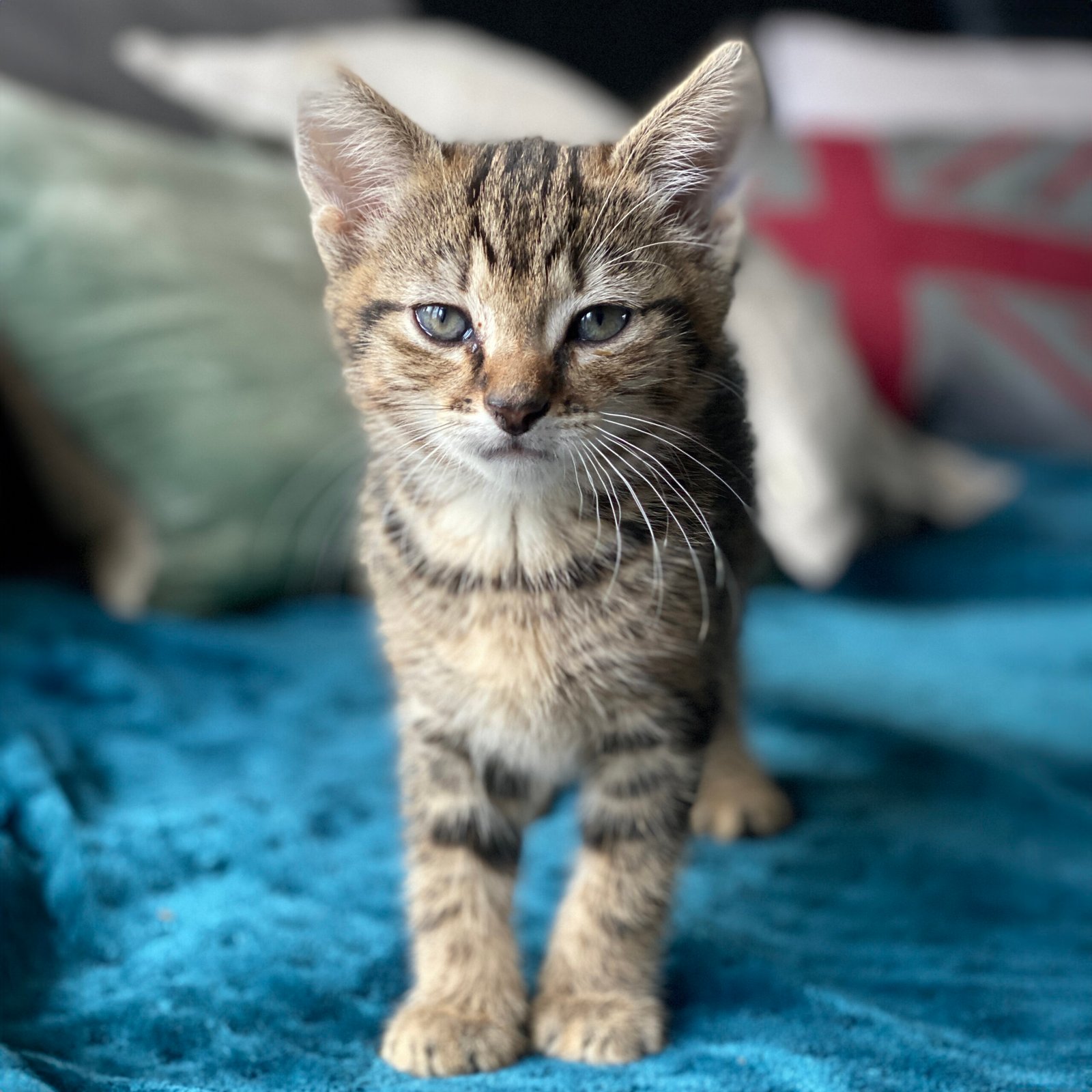
Cats are not solitary creatures by nature, and they have a keen ability to recognize and remember other cats. This recognition is crucial for social interactions, as it helps them establish and maintain social hierarchies within multi-cat households or colonies.
Cats use a combination of scent, sound, and visual cues to identify and remember their feline companions. This ability to recognize and remember other cats is essential for peaceful coexistence and avoiding conflicts. By understanding the social dynamics of your cats, you can create a harmonious environment that caters to their natural instincts and behaviors.
Learning Through Observation: A Silent Teacher
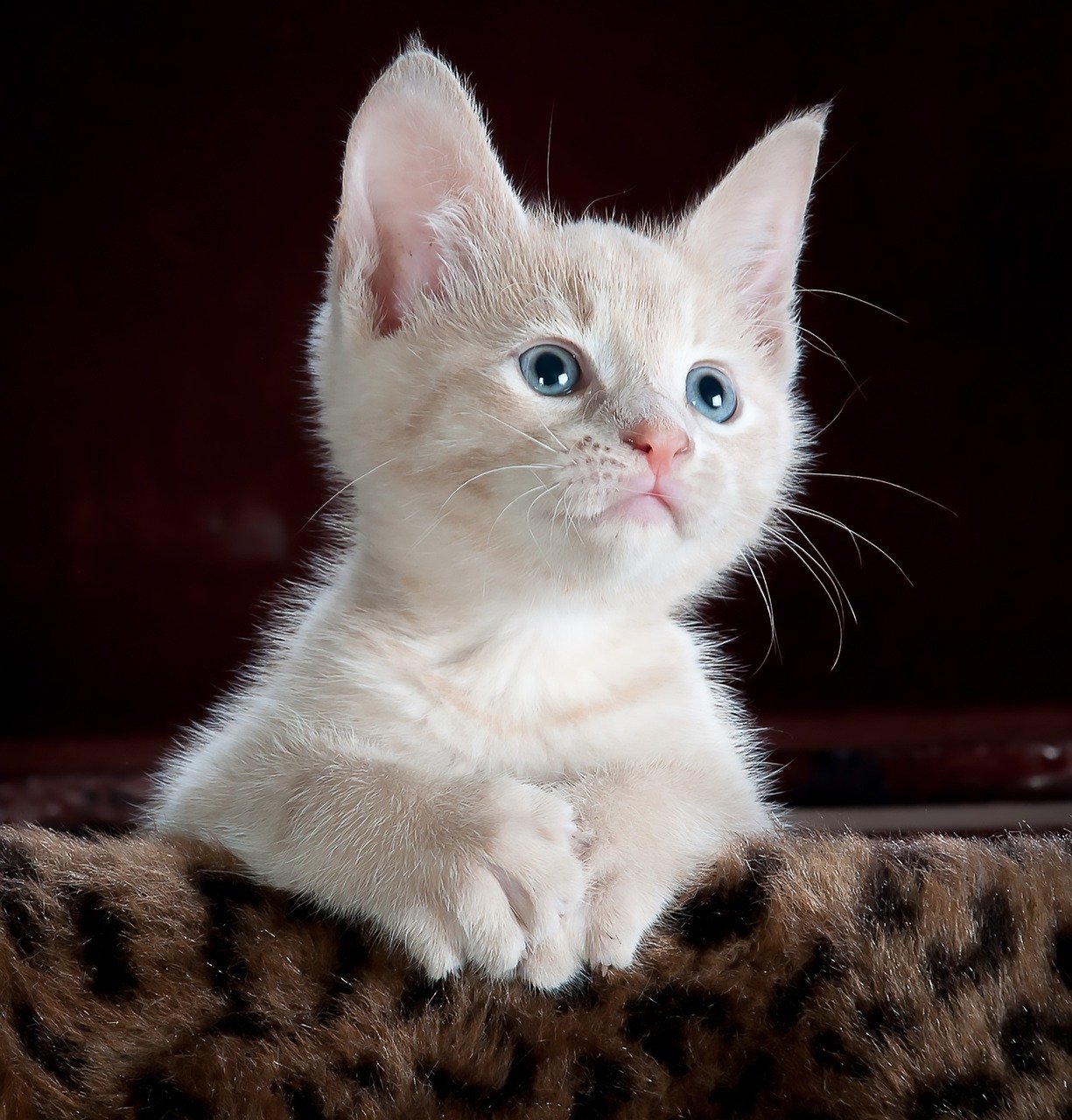
Cats are excellent observers, and they can learn new behaviors by watching other cats or humans. This ability to learn through observation is known as social learning, and it contributes to their overall cognitive development.
For instance, if a cat observes another cat opening a door or using a new toy, they may attempt to mimic the behavior. This observational learning can be a useful tool for training cats or introducing them to new experiences. By providing opportunities for social learning, you can help your cat develop new skills and adapt to changes in their environment.
Memory and Play: The Role of Enrichment
Play is an essential part of a cat’s life, and it plays a significant role in their cognitive development and memory. Engaging in play activities helps cats sharpen their memory, problem-solving skills, and ability to recognize patterns.
Providing your cat with a variety of toys and interactive play sessions can stimulate their mind and enhance their memory. Puzzle toys, for example, challenge their problem-solving abilities and encourage them to remember strategies for obtaining rewards. By incorporating play into your cat’s daily routine, you can support their mental well-being and cognitive health.
Long-Term Memory: The Power of Retention
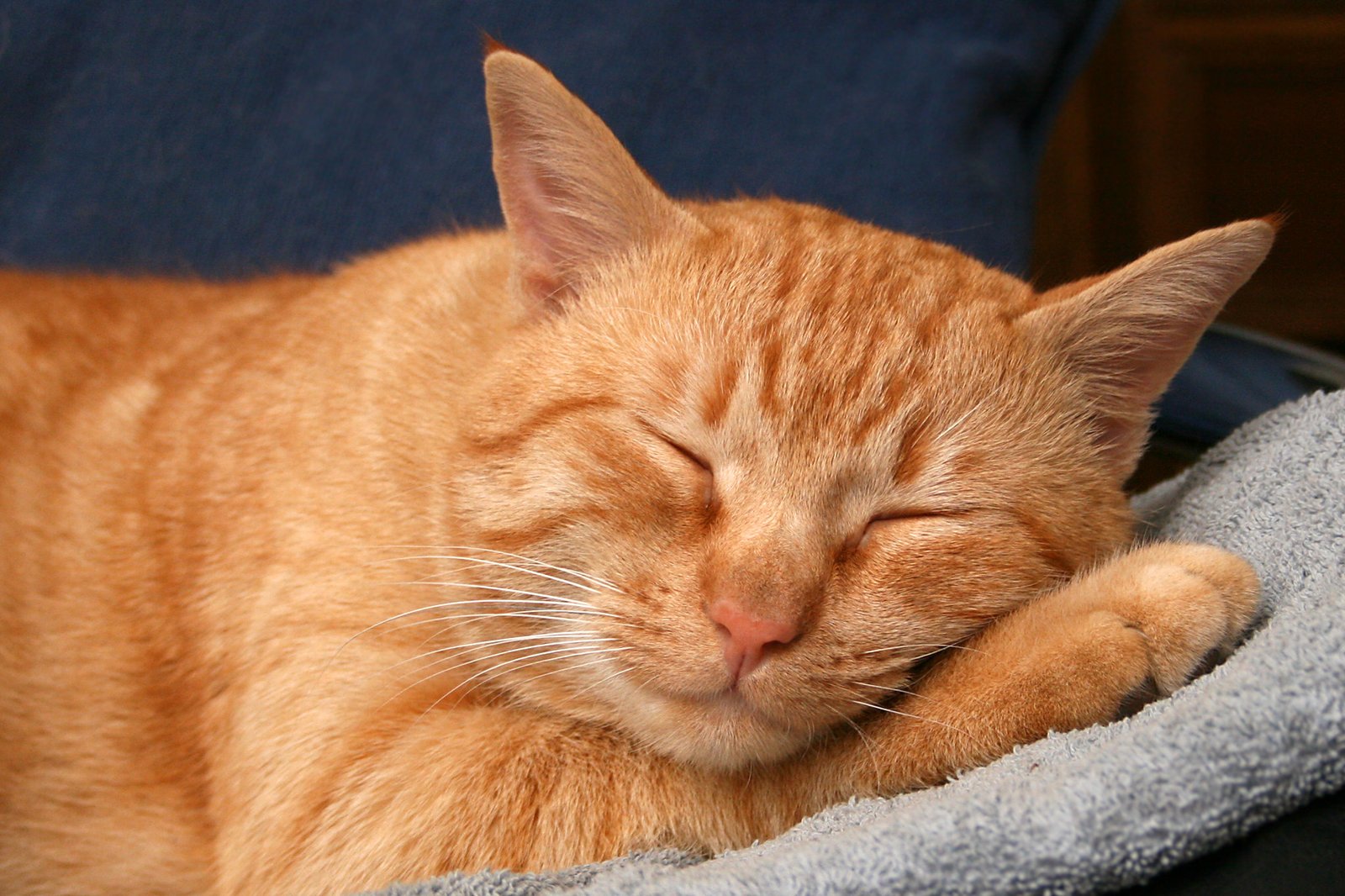
Cats possess long-term memory, allowing them to retain information over extended periods. This ability is particularly evident in their capacity to remember people, places, and experiences long after they’ve occurred.
Long-term memory in cats can be both a blessing and a curse. On the one hand, it enables them to remember positive experiences and form lasting bonds with their human companions. On the other hand, it can also lead to anxiety or fear if they’ve had negative experiences in the past. Understanding the impact of long-term memory on your cat’s behavior can help you address any issues and create a supportive environment for them.
Sensory Memory: A Multi-Sensory Experience
Cats rely heavily on their senses to navigate the world, and their sensory memory plays a crucial role in their ability to recognize and remember information. Each of their senses—sight, sound, smell, taste, and touch—contributes to their overall memory and recognition abilities.
For example, a cat’s sense of smell is highly developed, allowing them to remember scents associated with specific people, places, or objects. Similarly, their acute hearing enables them to recognize familiar voices or sounds. By understanding the role of sensory memory in your cat’s life, you can better appreciate their unique perspective and provide them with a rich sensory environment.
Memory and Stress: The Impact on Well-Being
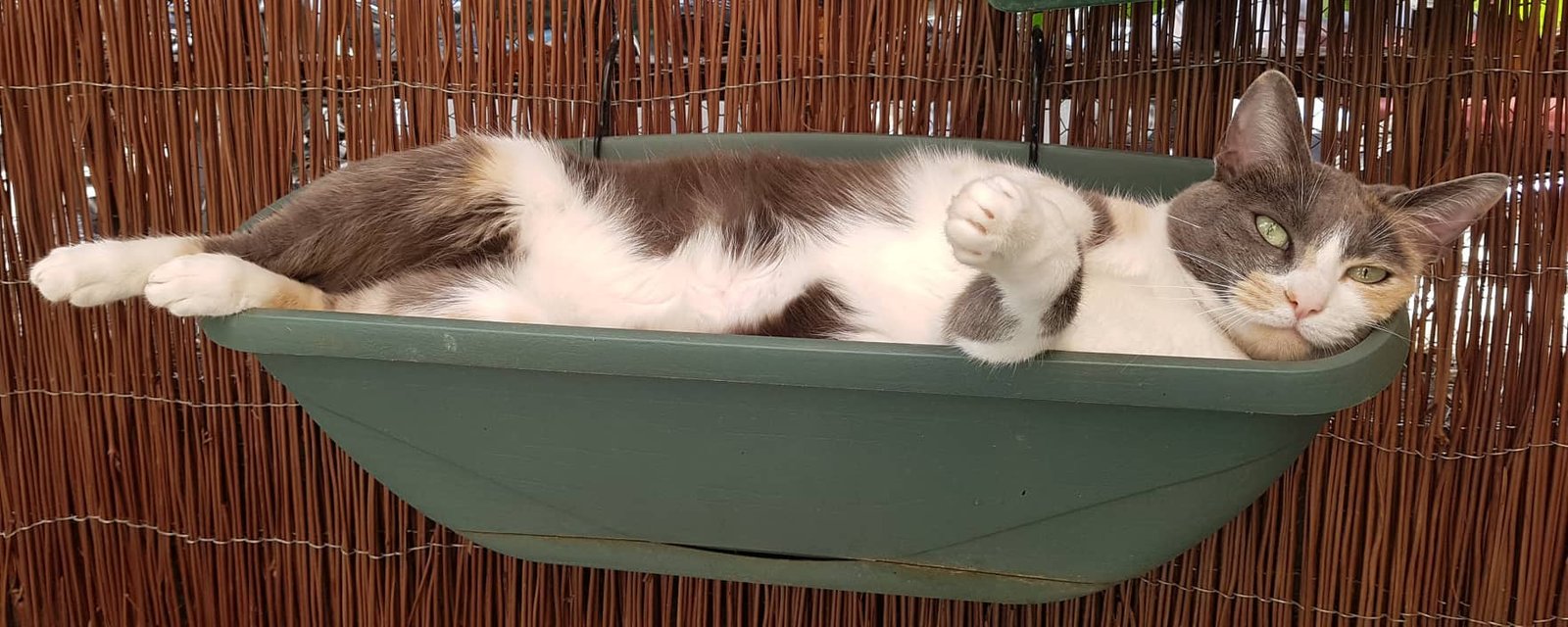
Stress and anxiety can have a profound effect on a cat’s memory and cognitive function. When a cat experiences stress, it can impair their ability to learn, remember, and recognize information. This can lead to behavioral issues or difficulties in adapting to new situations.
To support your cat’s memory and well-being, it’s essential to create a calm and stable environment. Providing them with a safe space, consistent routines, and positive interactions can help reduce stress and promote healthy cognitive function. By prioritizing your cat’s mental health, you can enhance their memory and overall quality of life.
Age and Memory: The Effects of Aging
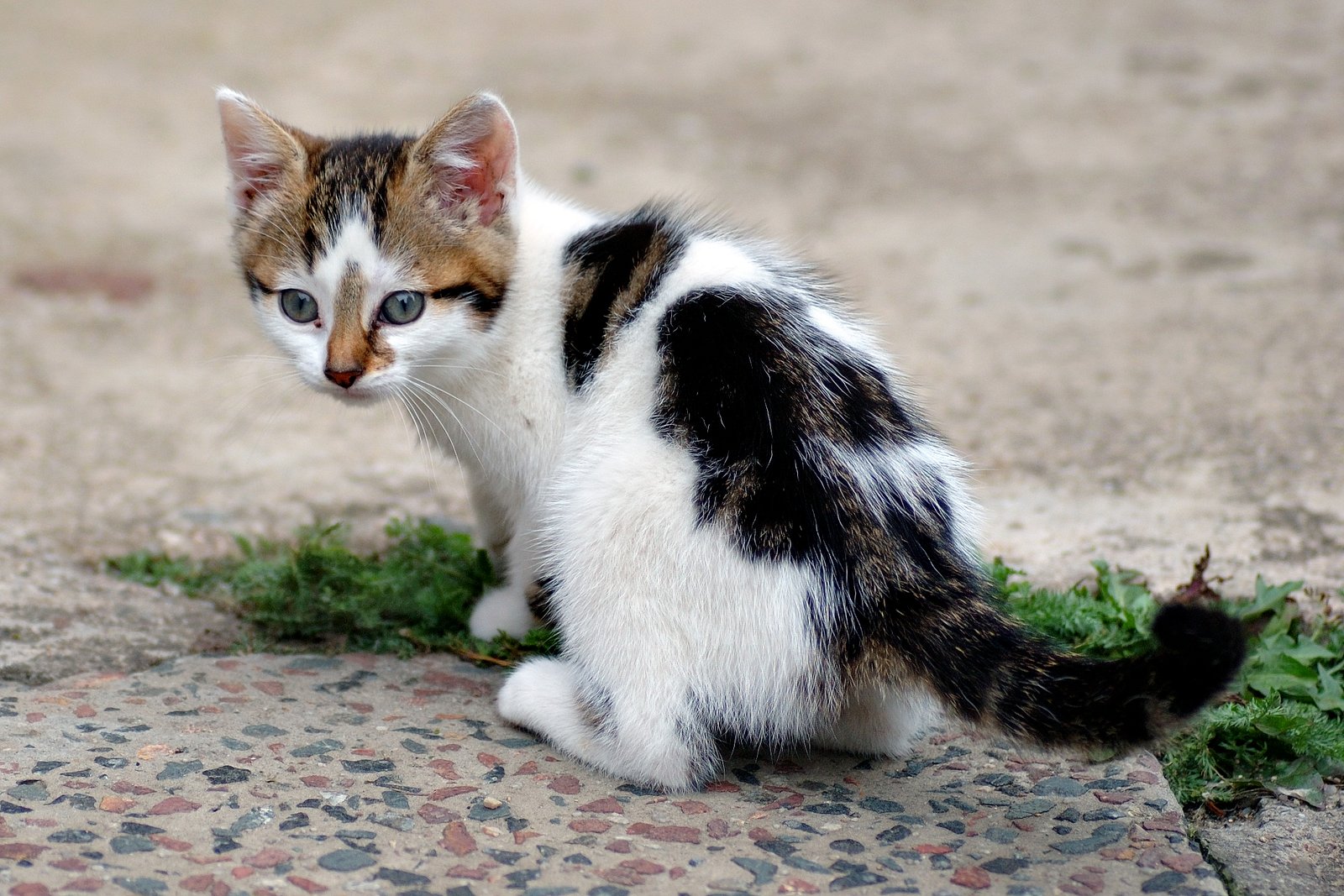
As cats age, they may experience changes in their memory and cognitive abilities. Just like humans, senior cats can develop age-related cognitive decline, which can affect their memory and recognition skills.
To support your aging cat’s cognitive health, it’s important to provide them with mental stimulation, a balanced diet, and regular veterinary care. Engaging them in activities that challenge their memory and problem-solving skills can help slow down cognitive decline and improve their quality of life. By understanding the effects of aging on your cat’s memory, you can provide them with the care and support they need.
Memory and Health: The Role of Nutrition
Nutrition plays a vital role in a cat’s memory and cognitive function. A balanced diet that includes essential nutrients can support brain health and enhance memory and learning abilities.
Feeding your cat a diet rich in antioxidants, omega-3 fatty acids, and other brain-boosting nutrients can promote healthy cognitive function and improve memory. Consulting with your veterinarian can help you choose the right diet for your cat’s specific needs and ensure they receive the necessary nutrients for optimal brain health.
Memory and Training: Effective Techniques
Training your cat can be a rewarding experience, and understanding their memory and recognition abilities can enhance the effectiveness of your training techniques. By using positive reinforcement and consistency, you can help your cat learn and remember new behaviors.
Cats respond well to rewards, such as treats or affection, which can reinforce desired behaviors and strengthen their memory of specific actions. By tailoring your training approach to your cat’s unique abilities, you can foster a positive learning environment and build a strong bond with your feline companion.
Memory and Environment: The Importance of Enrichment

An enriched environment is essential for maintaining a cat’s memory and cognitive health. Providing your cat with a stimulating environment that includes a variety of toys, climbing structures, and interactive play opportunities can enhance their memory and overall well-being.
Rotating toys and introducing new experiences can keep your cat engaged and mentally stimulated, preventing boredom and promoting healthy cognitive function. By creating an enriching environment, you can support your cat’s memory and provide them with a fulfilling and enjoyable life.
Memory and Sleep: The Connection

Sleep is crucial for a cat’s memory consolidation and cognitive function. During sleep, cats process and store information from their daily experiences, which enhances their memory and learning abilities.
Ensuring your cat has a comfortable and quiet place to sleep can support their memory and overall health. By prioritizing your cat’s sleep needs, you can help them maintain a sharp memory and cognitive function throughout their life.
Memory and Socialization: Building Connections
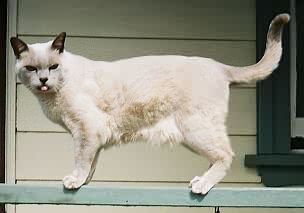
Socialization plays a significant role in a cat’s memory and recognition abilities. Positive interactions with humans and other animals can enhance a cat’s memory and social skills, leading to a more well-adjusted and confident feline.
Providing your cat with opportunities for socialization, such as playdates with other cats or interaction with family members, can support their memory and cognitive development. By fostering positive social experiences, you can help your cat build strong connections and thrive in their environment.
Memory and Exercise: The Benefits of Physical Activity
Physical activity is essential for maintaining a cat’s memory and cognitive function. Regular exercise can improve brain health, enhance memory, and support overall well-being.
Engaging your cat in play sessions that involve physical activity, such as chasing toys or climbing structures, can promote mental and physical health. By incorporating exercise into your cat’s routine, you can support their memory and provide them with a balanced and healthy lifestyle.
Memory and Bonding: Strengthening Your Relationship
Understanding your cat’s memory and recognition abilities can strengthen the bond between you and your feline companion. By recognizing their unique cognitive skills and providing them with a supportive environment, you can build a trusting and loving relationship.
Taking the time to engage with your cat, provide mental stimulation, and offer positive reinforcement can enhance their memory and deepen your connection. By prioritizing your cat’s cognitive health, you can create a fulfilling and rewarding relationship that benefits both you and your beloved pet.
Hi, I’m Bola, a passionate writer and creative strategist with a knack for crafting compelling content that educates, inspires, and connects. Over the years, I’ve honed my skills across various writing fields, including content creation, copywriting, online course development, and video scriptwriting.
When I’m not at my desk, you’ll find me exploring new ideas, reading books, or brainstorming creative ways to solve challenges. I believe that words have the power to transform, and I’m here to help you leverage that power for success.
Thanks for stopping by, Keep coming to this website to checkout new articles form me. You’d always love it!





